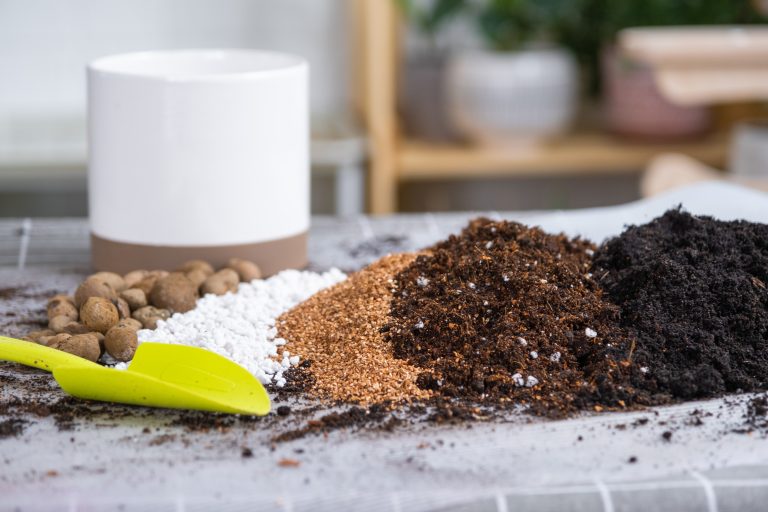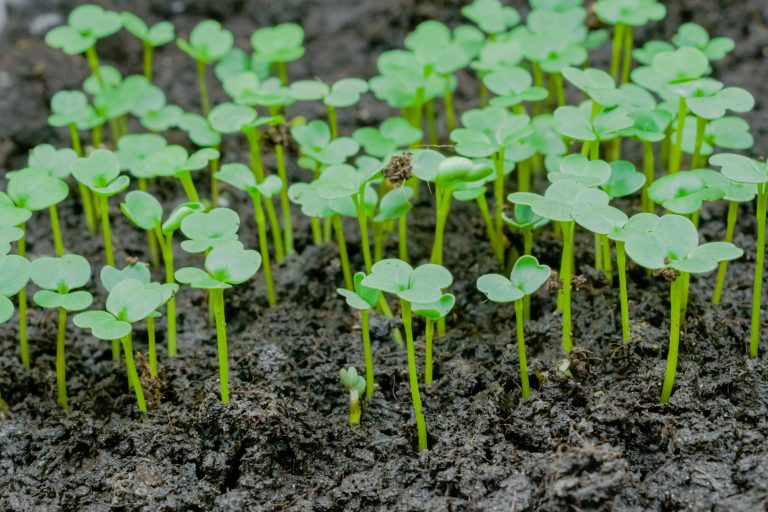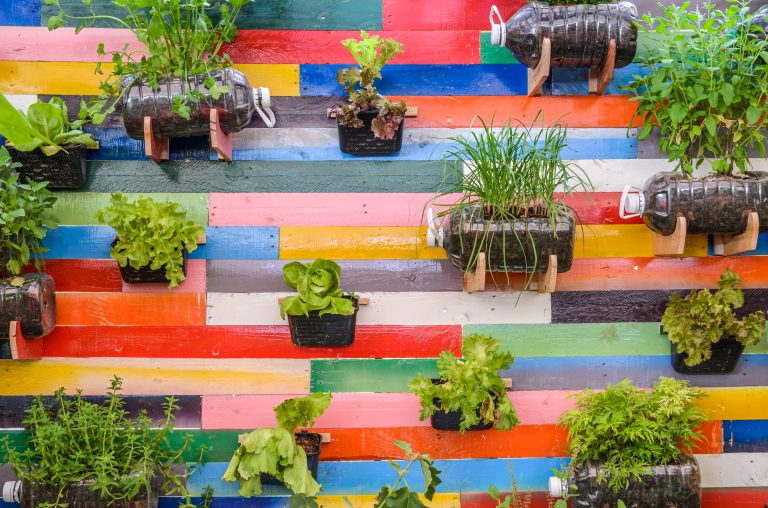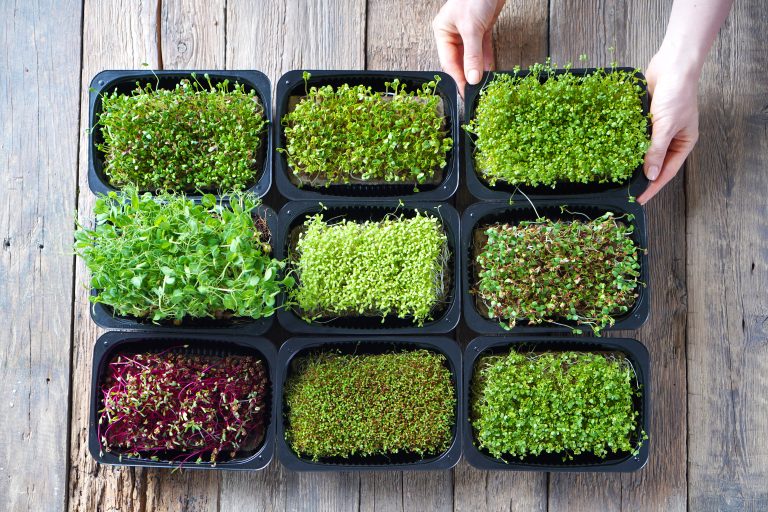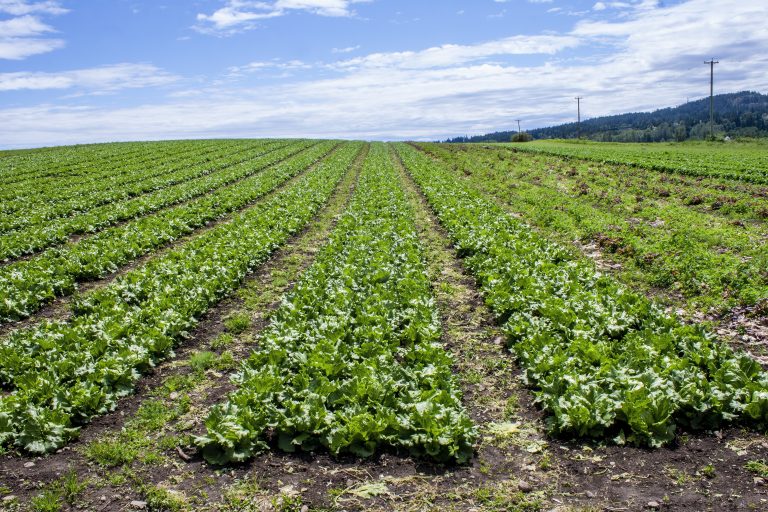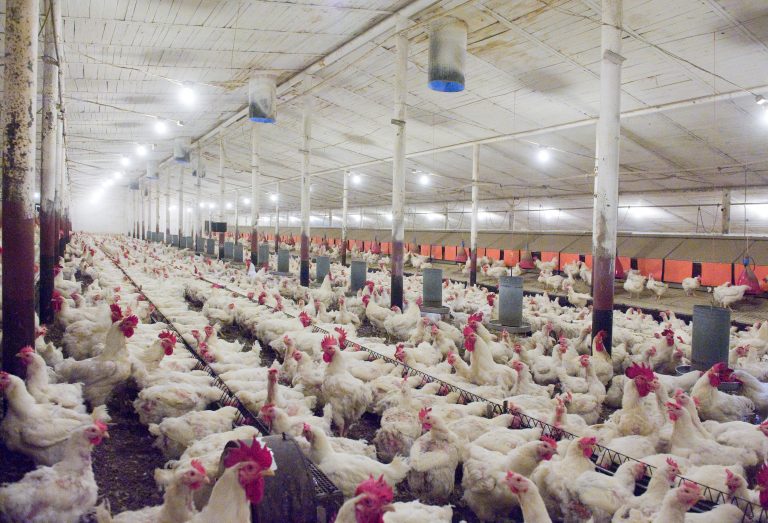9 Essential Tips for Effective Community Garden Management

Embarking on a community garden journey can be a transformative experience, both for individuals and neighborhoods. Let’s dig into some essential tips to ensure your community garden flourishes and becomes a verdant centerpiece for connection and growth.
Define your community garden’s goals upfront—whether it’s food production, education, or environmental conservation. These clear objectives will steer decisions, from plot assignments to outreach. Think of it as setting a GPS destination for your garden; without it, you risk wandering. Involve the community in the initial brainstorming for a garden that truly meets their needs.
1. Organize a Core Team
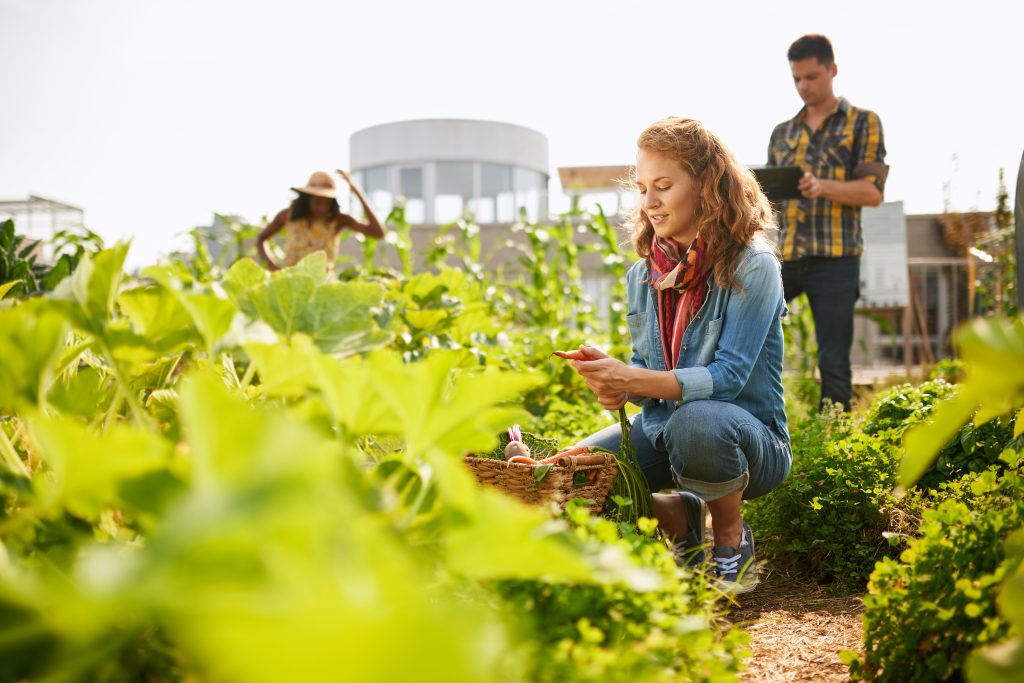
A garden doesn’t grow from seeds alone; it needs a team of dedicated green thumbs. Assemble a core group of volunteers who are as passionate about urban agriculture as you are. This team will be your garden’s backbone, helping coordinate planting schedules, events, and the inevitable troubleshooting.
Think of this team as your garden’s “roots” – without a strong foundation, the whole project could topple. Ensure this core group represents the diverse voices of your community for a truly inclusive garden.
Hey hey! Don’t forget to subscribe to get our best content 🙂
2. Layout and Design Basics
The layout of your community garden can make or break its functionality. Start with a design that allows for easy access to plots and includes communal spaces for gatherings and educational workshops.
Raised beds can be a back-saver and are fantastic for drainage, while paths should be wide enough to accommodate wheelbarrows. Think of your garden as a living puzzle; all the pieces need to fit together harmoniously.
3. Soil and Compost Mastery
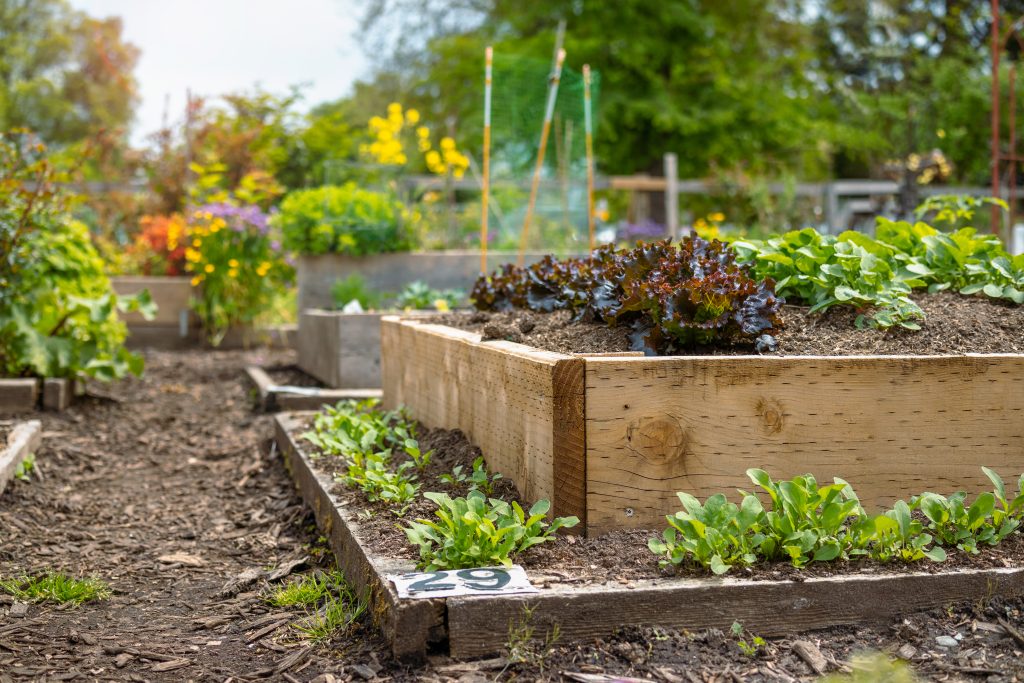
Healthy soil is the secret sauce of any bountiful garden. Invest time learning about soil pH, nutrient levels, and how to create the perfect compost blend. A robust compost system turns kitchen scraps and yard waste into “black gold” for your plants (yes, it’s that amazing).
By mastering the art of composting, you’ll not only enrich your soil but also reduce waste and teach valuable lessons in sustainability.
4. Watering Systems Explored
Water is life, especially in the garden. An efficient watering system saves time, conserves water, and keeps your plants happy. Drip irrigation is a game-changer, delivering water directly to the roots and reducing evaporation.
If you’re in a pinch (or on a budget), a well-planned schedule with communal watering cans can also do the trick. Just remember, the best watering system is one that’s used regularly and responsibly.
5. Seasonal Planting Guide

Timing is everything in gardening. A seasonal planting guide provides a roadmap for what to plant and when to ensure a continuous harvest and vibrant garden throughout the year.
Encourage your community to experiment with both familiar staples and exotic varieties – it’s like adding a dash of spice to a tried-and-true recipe. And let’s face it, there’s nothing quite like the taste of a tomato that’s been sun-kissed on the vine.
6. Community Engagement
A community garden is only as strong as its community. Engage residents through workshops, planting days, and harvest festivals. It’s a chance to educate, inspire, and foster a sense of ownership.
Don’t forget to leverage social media to keep everyone in the loop. A garden can be a hub of activity, a place where friendships sprout and grow alongside the carrots and kale.
7. Scheduling Maintenance
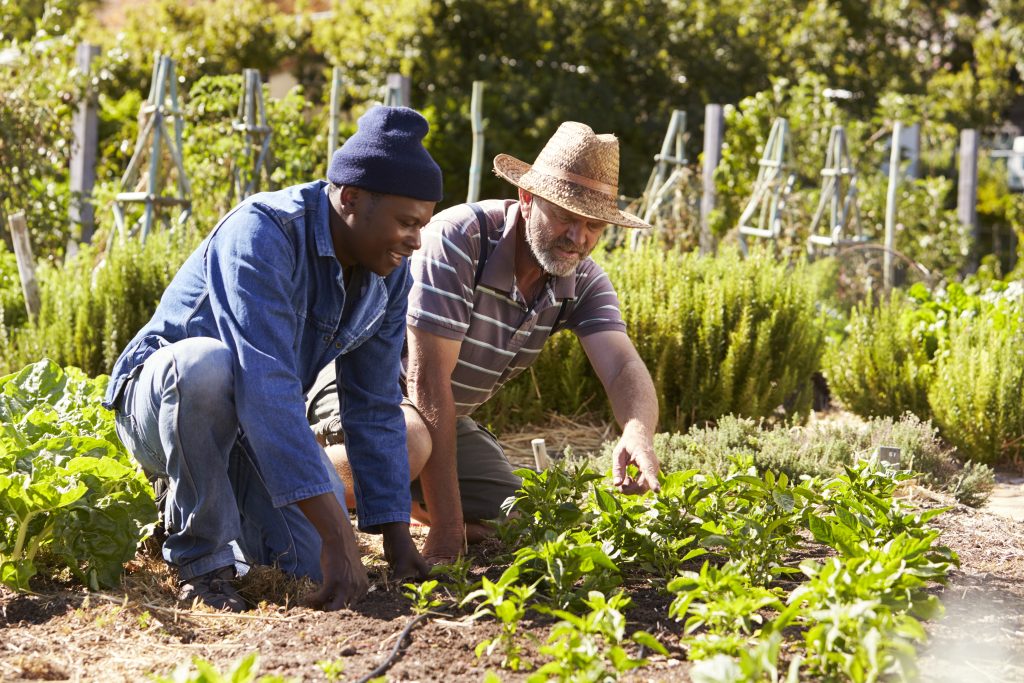
Just like a well-oiled machine, a community garden requires regular maintenance. Create a schedule that spreads the workload evenly, ensuring no one gets burnt out. From weeding to pruning, there’s always something to be done, and many hands make light work. A well-kept garden is a welcoming garden, so keep those maintenance days on the calendar.
8. Handling Pests & Diseases
Pests and diseases are part of the natural cycle, but that doesn’t mean they get free reign over your veggies. Practice integrated pest management (IPM) techniques that prioritize environmental friendliness and sustainability. Encourage beneficial insects, use natural repellents, and always keep a keen eye on the health of your plants. It’s better to be proactive than reactive regarding garden health.
9. Celebrating Harvest Time
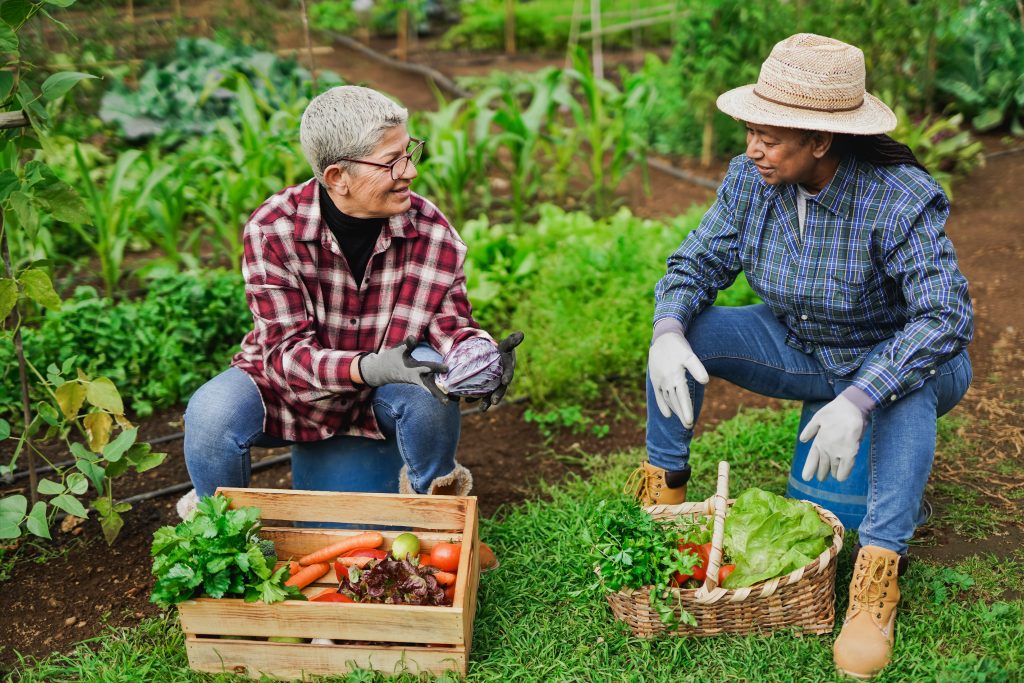
When the fruits of your labor are ripe for the picking, it’s time to celebrate. Organize a harvest day where everyone can enjoy the literal fruits of their collective effort. It’s not just about the food; it’s about the community coming together to appreciate the cycle of growth and the joy of sharing. These celebrations are the cherry tomatoes on top of the garden salad of your hard work.
Managing a community garden is no small feat, but with these tips in hand, you’re well on your way to creating a green oasis that thrives. Remember, the most vibrant gardens are tended with care, collaboration, and a whole lot of love. Happy gardening!

